If you are looking for an ideal place to practice diving, without a doubt, the Catalina Islands are one of the best places in Costa Rica.
This island, in the province of Guanacaste, is characterized by having several outstanding areas in the Pacific for diving around it. It is located at an interesting distance from the coast and is the habitat of several marine species, among them the giant mantas of the Pacific.
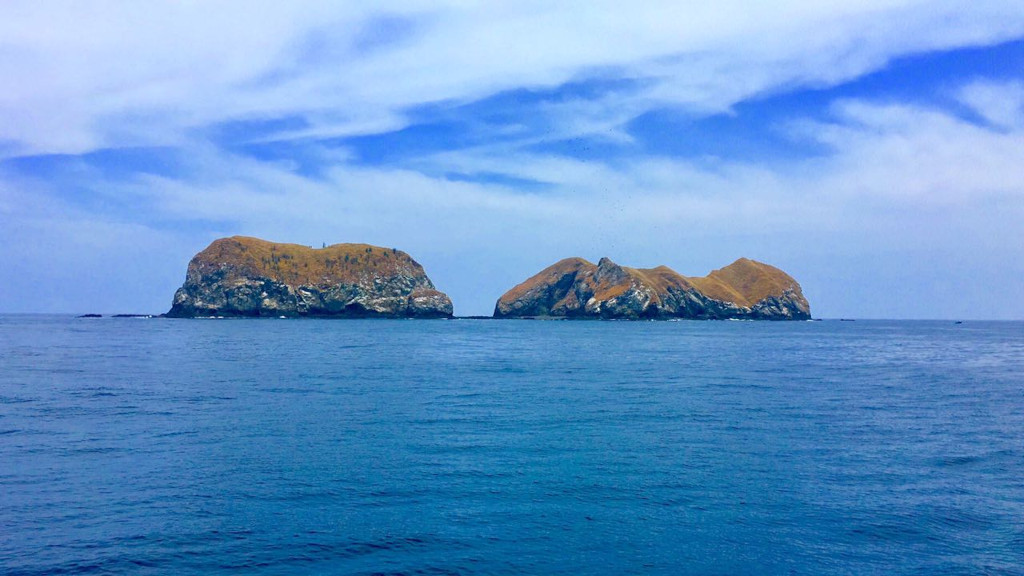
If you include the Catalina Islands in your diving activity, you will see the marine species that are frequently seen there, apart from the giant mantas, you can find large schools of fish, turtles, eels as well as sharks. It really is a wonderful marine habitat for its diversity.
To concretize this experience in your visit to the Catalina Islands, in the Playa Coco or Playa Ocotal region, there is more than one dive shop among which you should consider, due to the route and distance, those that have the best boats for diving, both in terms of safety, strength, and speed, which optimizes your time both on the way out and on the way back. This will help you make better use of your diving experience.
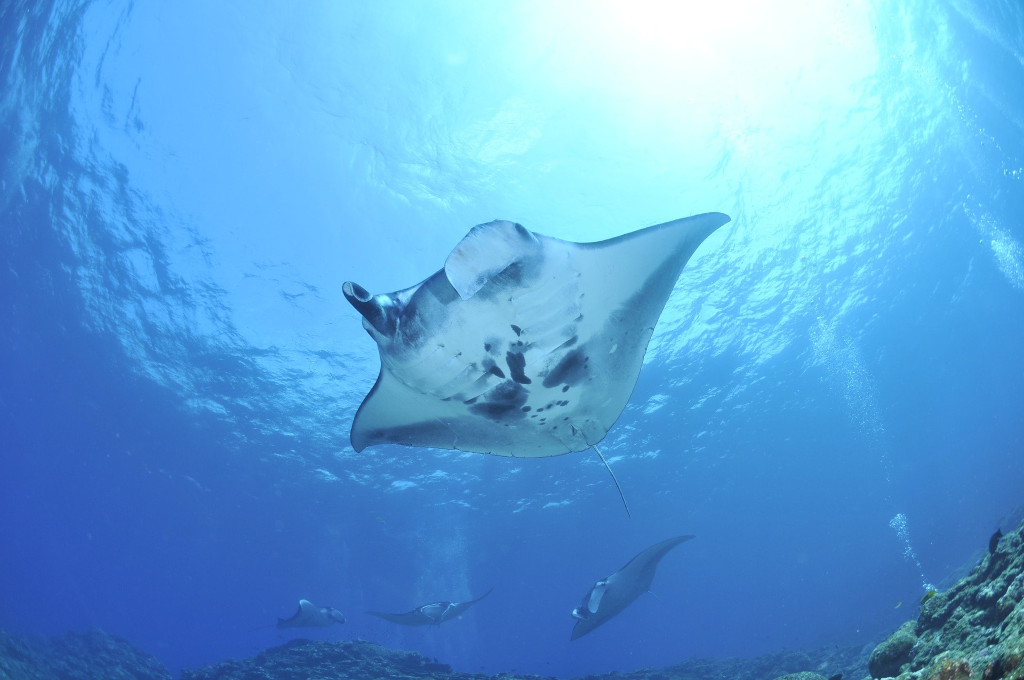
Something very important is that there are dive shops that provide their service in the Catalina Islands throughout the year, thus guaranteeing that in the season of the year that you want to visit the place, there is activity and you do not miss the possibility of that unique experience of the place. Therefore, all the time is enabled, even for dives at more local sites.
Information about Diving in the Catalina Islands in Costa Rica
As the Catalina Islands are an archipelago of rocky islets, they are totally uninhabited.
Their location is two to feefteen miles off Costa Rica’s northwest coast, and because their shape and location, they are a unique habitats for most of the marine life.
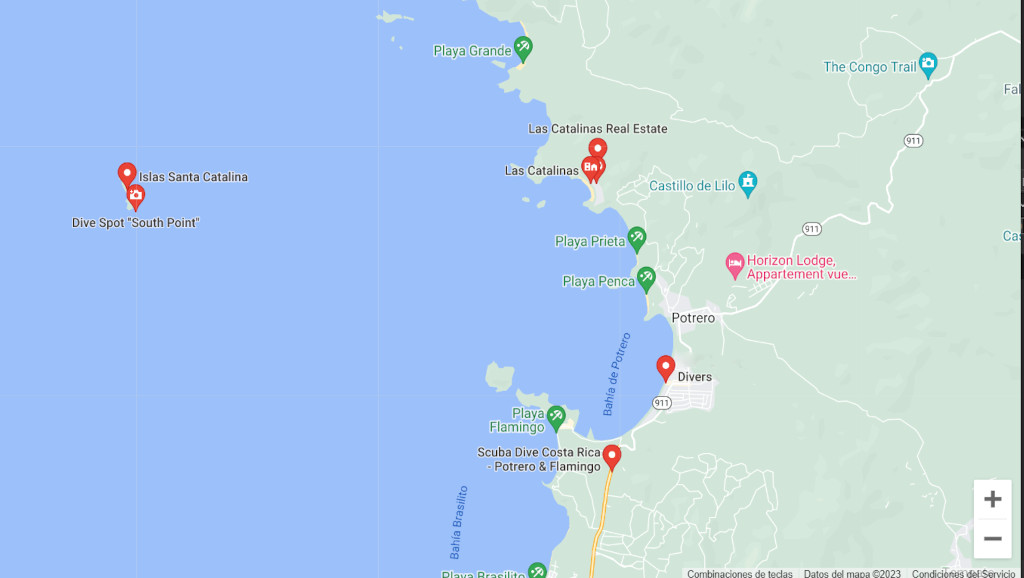
Some dive sites within the Catalina Islands area are: Roca Sucia, El Clásico, Los Sombreros, Este Norte, Elefante, Punta Sur, Las Pailas, Jardín de Tiburones, Cuatro Piedras, Roca Peligrosa, Arco Iris, Las Tetas, Los Birds, The Brumel, The Goblins, Isla Plata.
Speaking of important characteristics that the diver should know is that in the Catalinas Islands the visibility is like in the other areas of the Guanacaste region. When diving you may notice that there are times when conditions suddenly change, without prior notice.
The water temperatures can vary, between January and February, during the dry season they are usually colder and warmer in the rainy seasons. Regarding visibility, there can be a variation between 15 and 80 feet. Depending on where you are diving there may also be fluctuations in currents, tides and winds.
Occasionally you could encounter stronger currents, so it is important that throughout the experience you are accompanied by the experienced guides of the dive shops who, in their years of experience in diving in the Catalina Islands, have planned the activity in such a way that can minimize its effects and your dives are safe.
Things to keep in mind when diving in the Catalinas Islands Costa Rica
Something that is totally in your hands so that your diving experience in the Catalina Islands is the best, is that you must choose a dive shop that allows you to enjoy it to the maximum.
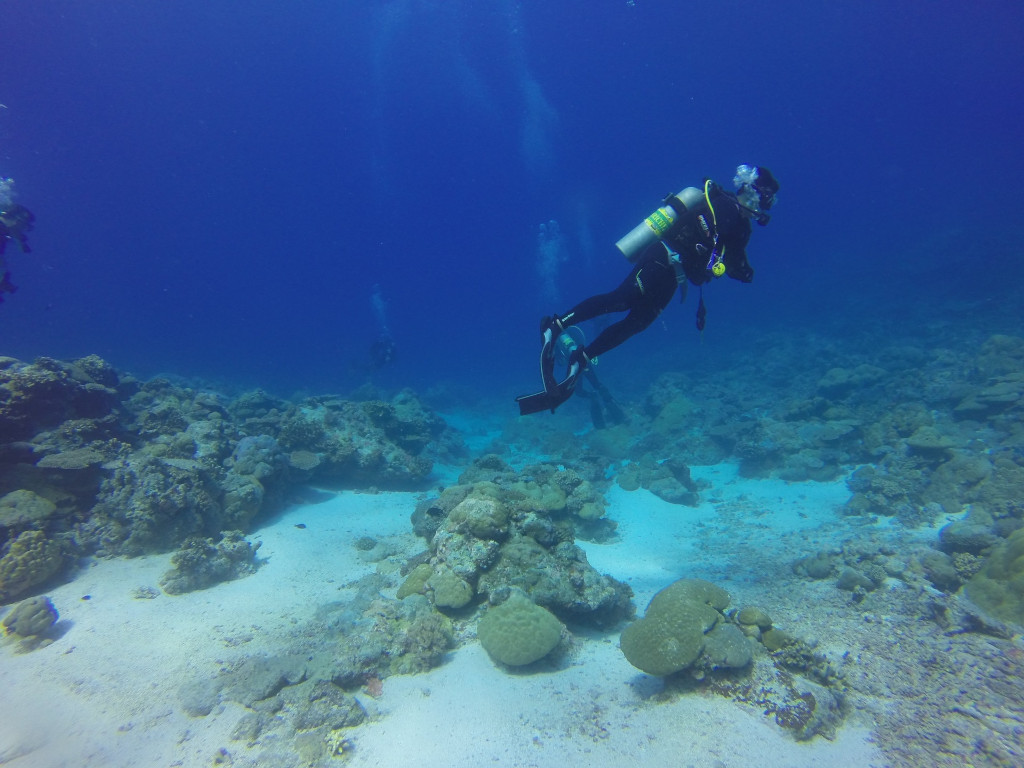
For this, it is important that you obtain information in the stores about the experience of the divemasters who will sail with you, the knowledge about marine life, the experience of the captain of the boat, the knowledge they have about the behavior of the seasons to take you to the best sites on certain days, among other details; They are elements that only through experience can offer you.
You will find dive shops that start their service from the pick-up at the hotels themselves in the regions of Hermosa, Coco Beach or Playa Ocotal in the province of Guanacaste.
Snorkeling at Catalinas Islands Costa Rica
It is also possible to practice snorkeling in the Catalinas Islands with a boat tour, which generally goes in small groups.
The groups usually have a captain who takes you and your group out to sea, making estimated stops of forty minutes along the way to snorkel. You will love to see the amount of tropical fish as well as sharks, even manta rays that you can find.
Marine life you will find in the Catalina Islands
The amazing marine life is something you will find on your trip to the Catalina Islands. In the different dive sites you will be able to see the giant mantas of the Pacific. You will also find other ray species such as bat rays, devil rays, mobley rays, bullseye rays, spotted eagle rays, and other forms of rays.
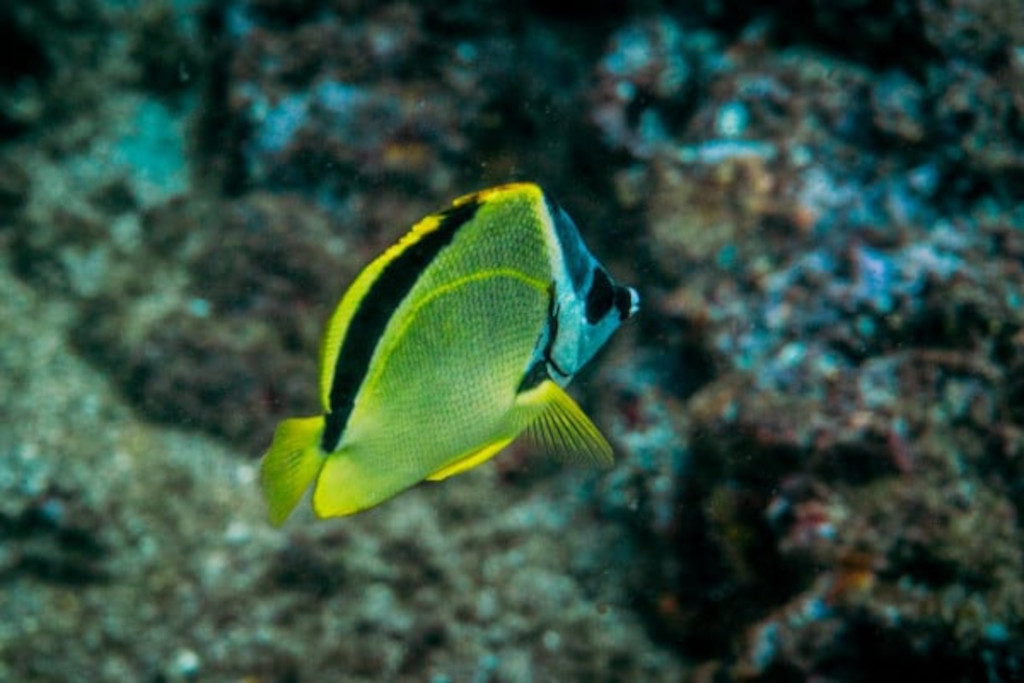
You will also be able to see huge schools of tropical fish of various sizes, as well as varieties of eels and sharks, such as the white-tipped reef shark.
There are several species of turtles that swim in those areas of the islands, which adds to the marine life’s allure close to the well-known Playa Grande.
In relation to the season, it is less likely, but there is a chance that you will see humpback whales. You may also see whale sharks, tiger sharks, and even orcas in these waters.
During your dive and the surface intervals, you may get to see devil rays, which frequently surround the Catalina Islands like playground, jumping and flipping out of the water several feet and falling with a spectacular splash.
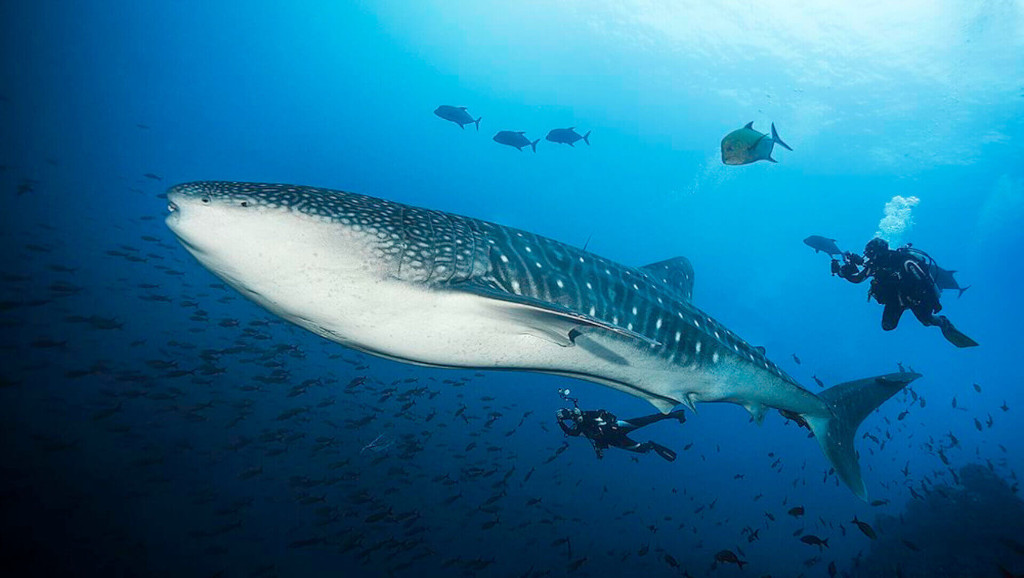
Many people believes that they do it as a practice to eliminate possible parasites that may be on their skin.
Once again, we emphasize that the Catalina Islands is one of the best diving places in Costa Rica, and as we have stated, in order for this experience to be the best, it is important that you hire the services of a dive shop that you consider the best and with greater experience.
If you are looking forward to diving in Costa Rica, we can recommend some places. Click here
Reef fish as the most common in the area Catalina Islands
Here’s a brief overview of some of the more common fishes found around Catalina Island, Costa Rica
Doncella curiosa (Thalassoma lucasanum)
Another name is the curious wrasse. This fissh has vibrant colors and curious behavior. You can often see it darting around coral reefs, feeding on small invertebrates and algae.
Loro sonriente (Sufflamen verres)
The smiling parrotfish, as its name suggests, unique becasue of the facial markings that resemble a smile. These colorful fish play an important role in coral reef ecosystems by feeding on algae and helping to keep the reef healthy.
Holocanto (Holocanthus passer)
The common name is the king angelfish. This species comes with a striking blue and yellow coloration.
Holocanto often are swimming in pairs or small groups around rocky reefs, feeding on sponges and algae.
Rubia señorita (Bodianus diplotaenia)
The yellowtail hogfish is a common sight around Catalina Island. With its distinctive yellow tail and pink body, this fish adds a splash of color to the reef. Rubia señorita has a curious behavior and you can often see it poking around crevices in search of food.
Pargo cabrilla verde (Chromis atrilobata)
This species of damselfish has vibrant green coloration and distinctive black spot on its tail. Pargo cabrilla verde usually form large schools around rocky reefs, feeding on plankton and small invertebrates.
Sargento (Stegastes acapulcoensis)
Commonly known as the sergeant major, this fish is named for its distinctive black and white stripes. Sargento is a territorial species and can often be found defending its territory on the reef.
Limpia peces (Plagiotremus asaleus)
The cleaner wrasse is an important part of the reef ecosystem. As it helps to keep other fish free of parasites.
People can see this small and colorful fish in and out of the reef. Often offering their cleaning services to larger fish.
Sargento de roca (Stegastes flavilatus)
Another species of sergeant major, Sargento de roca has bright yellow coloration and black stripes. These fish are territorial and wiil be often be defending their territory on the reef.
Acorazado (Parantias colonus)
Other common name is the cortez rainbow wrasse, this fish is named for its vibrant rainbow colors. Acorazado can often be found swimming near the surface of the water, feeding on plankton and small invertebrates.
Piquitos púrpura (Prionurus punctatus)
The purple tang is a popular aquarium fish, prized for its striking purple coloration and unique shape. Piquitos púrpura can often be found grazing on algae in shallow reef habitats.
Click here to see more pictures and the location map
.
